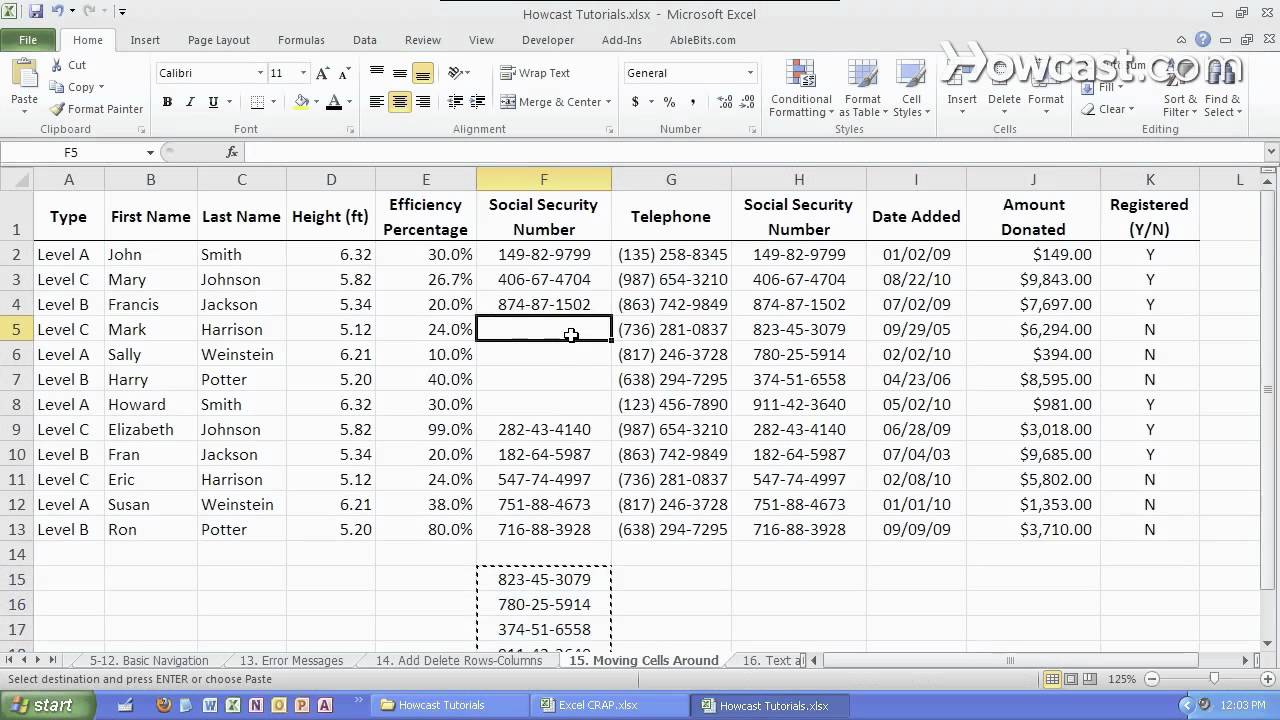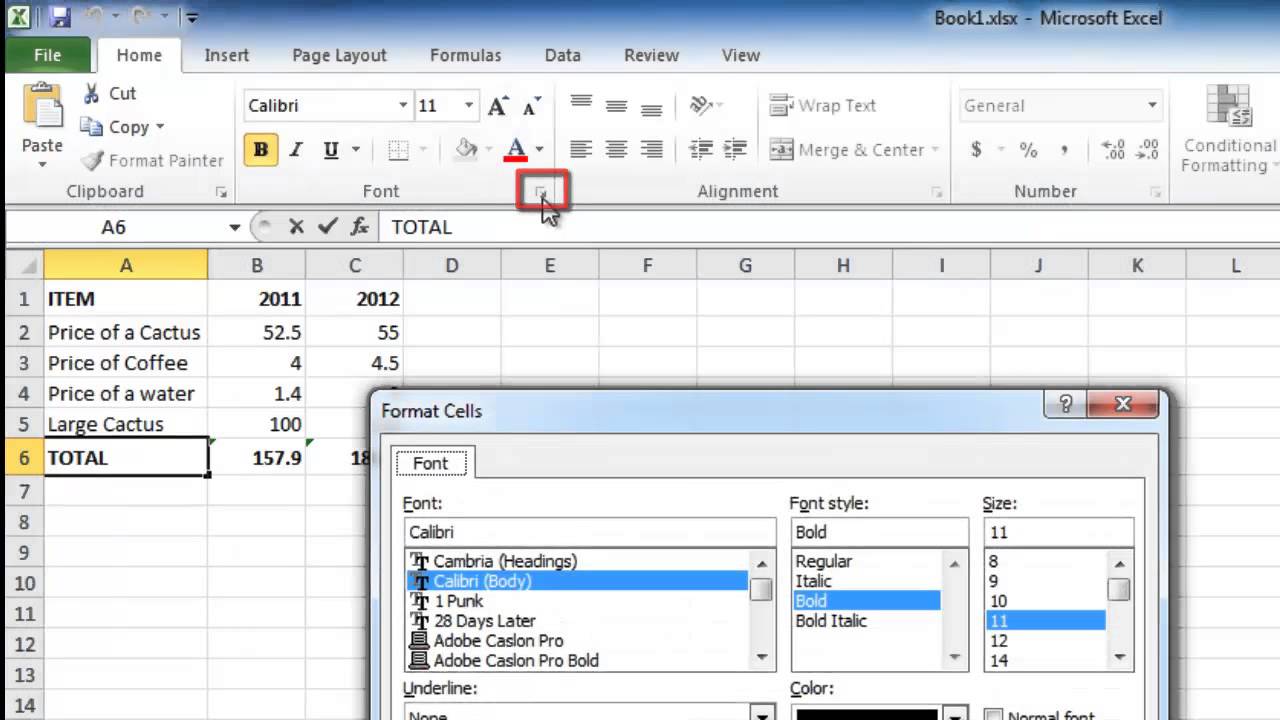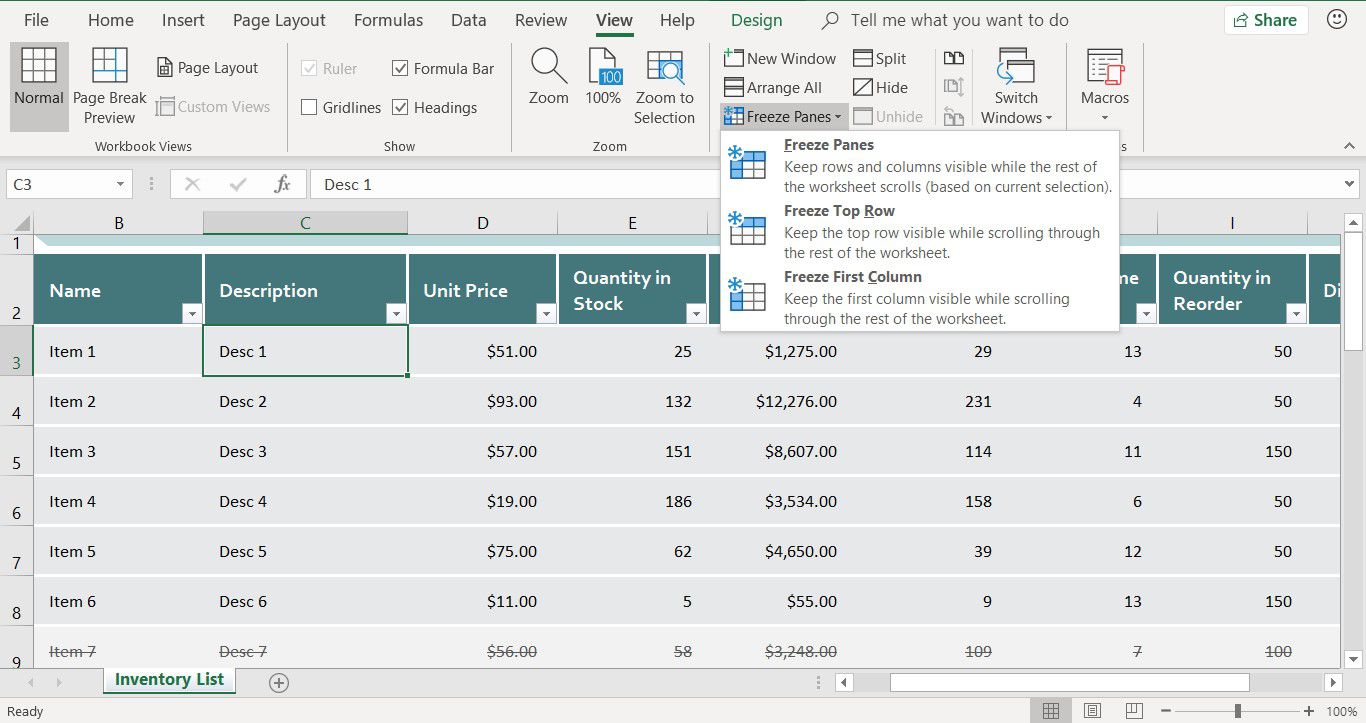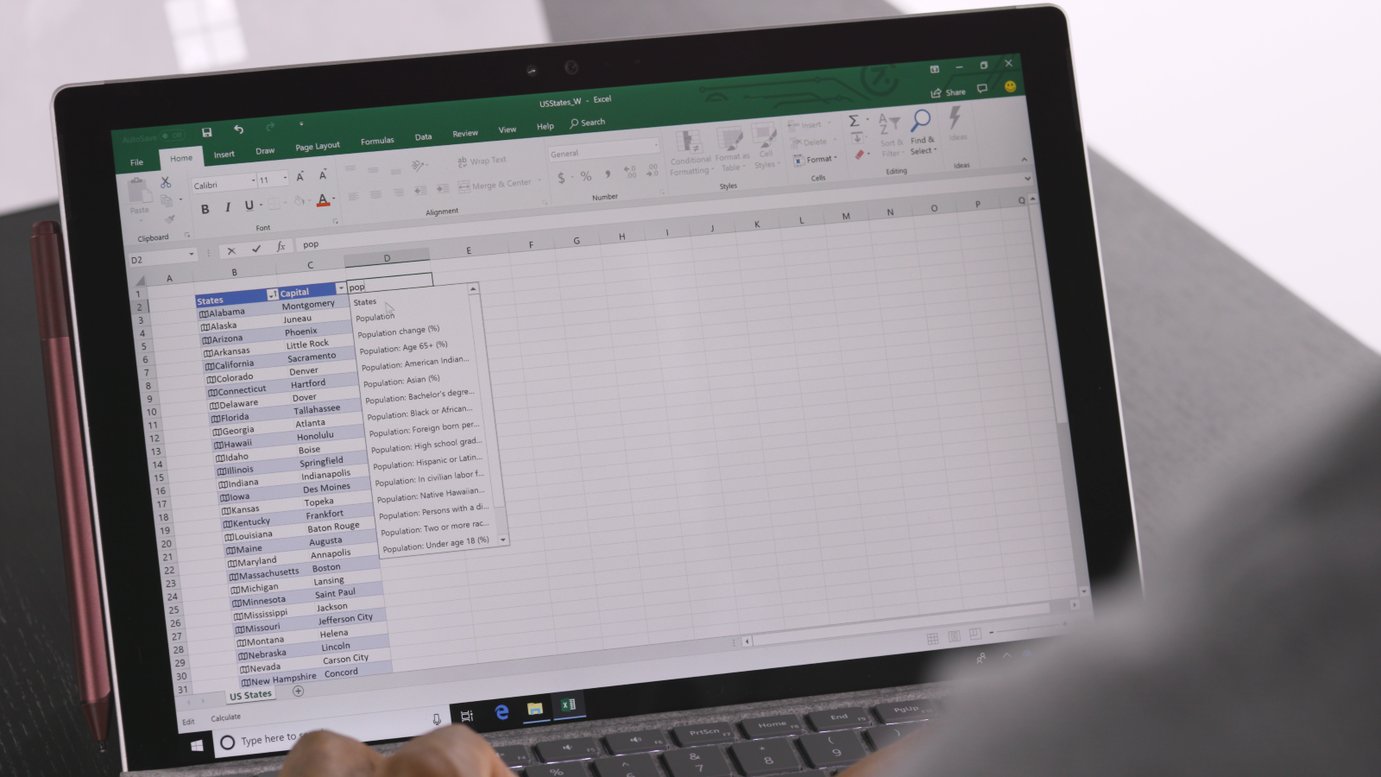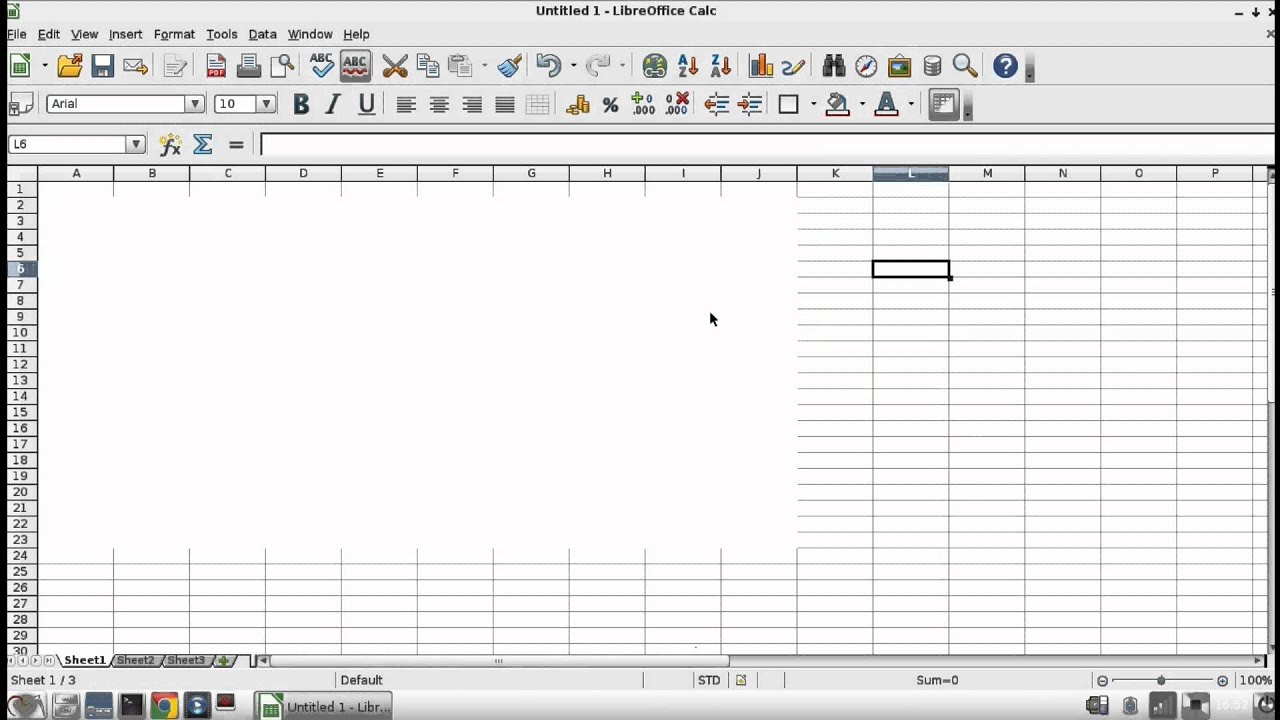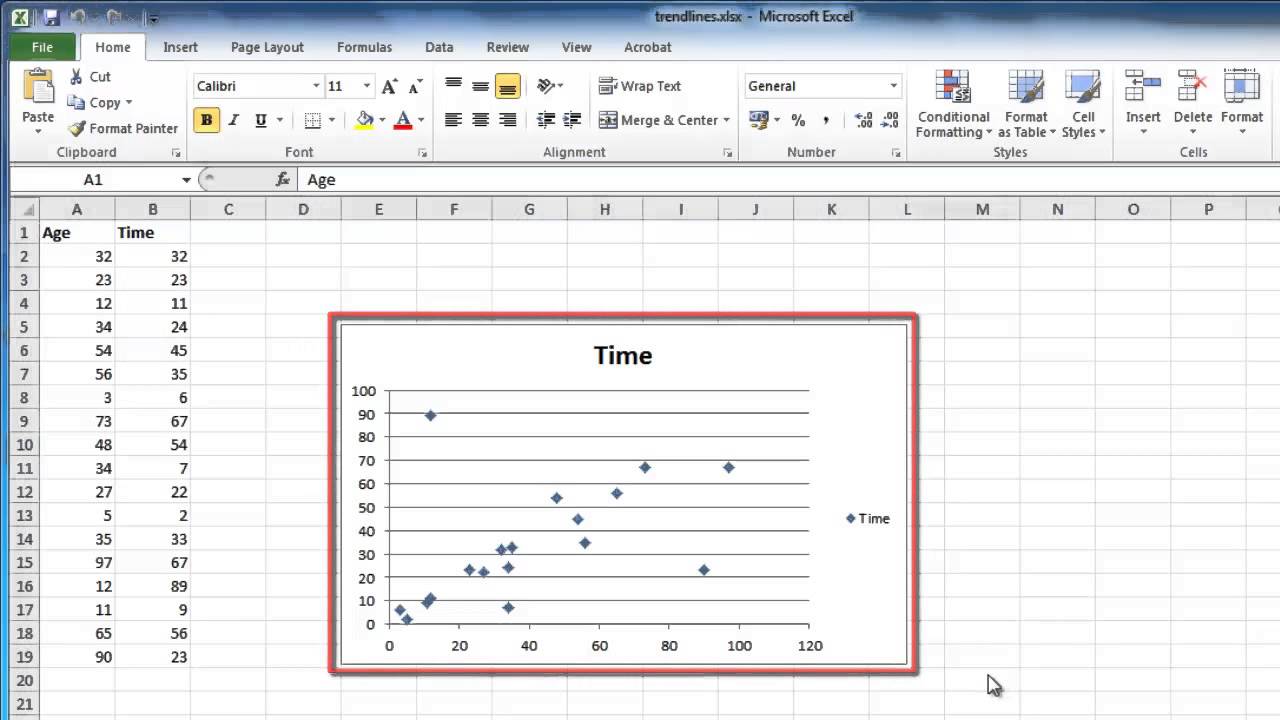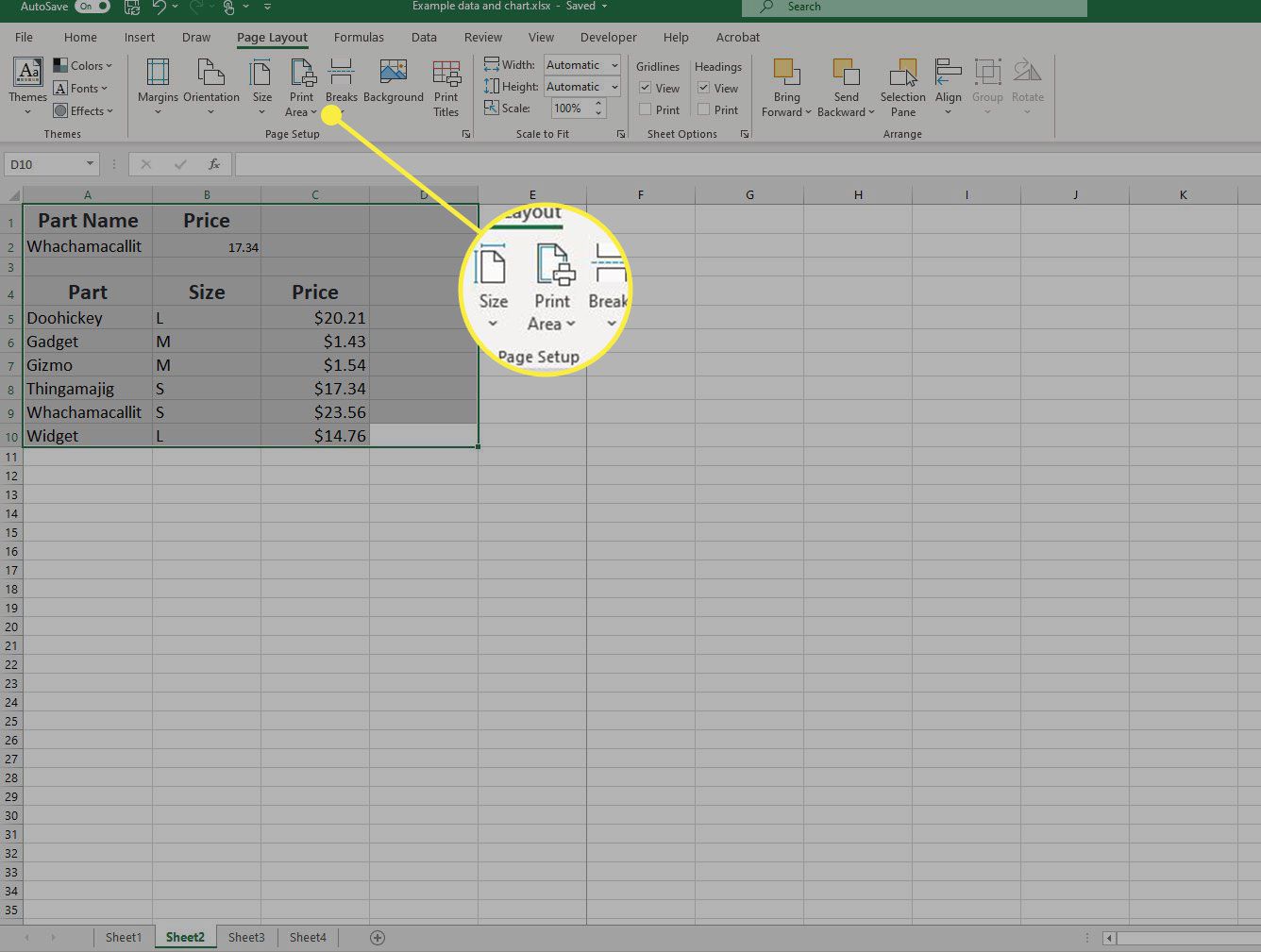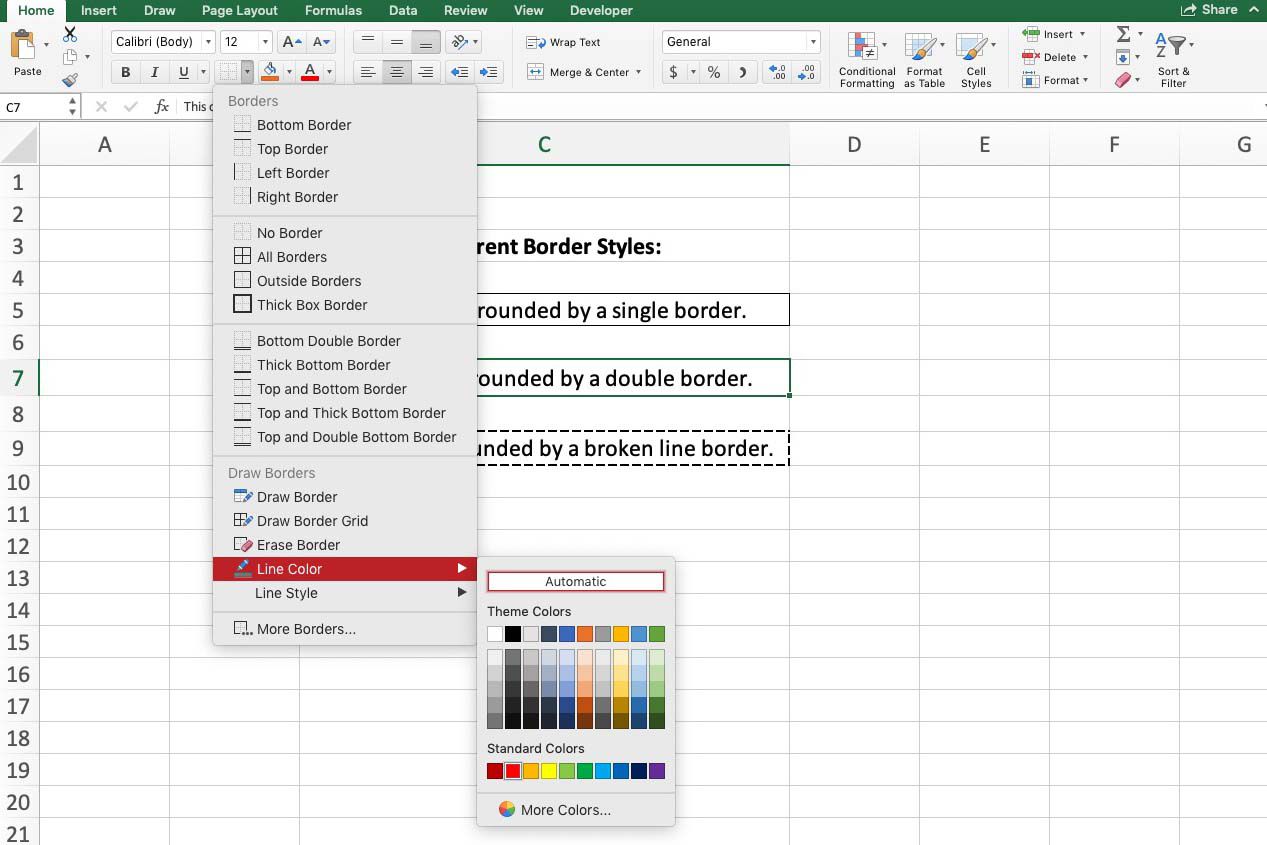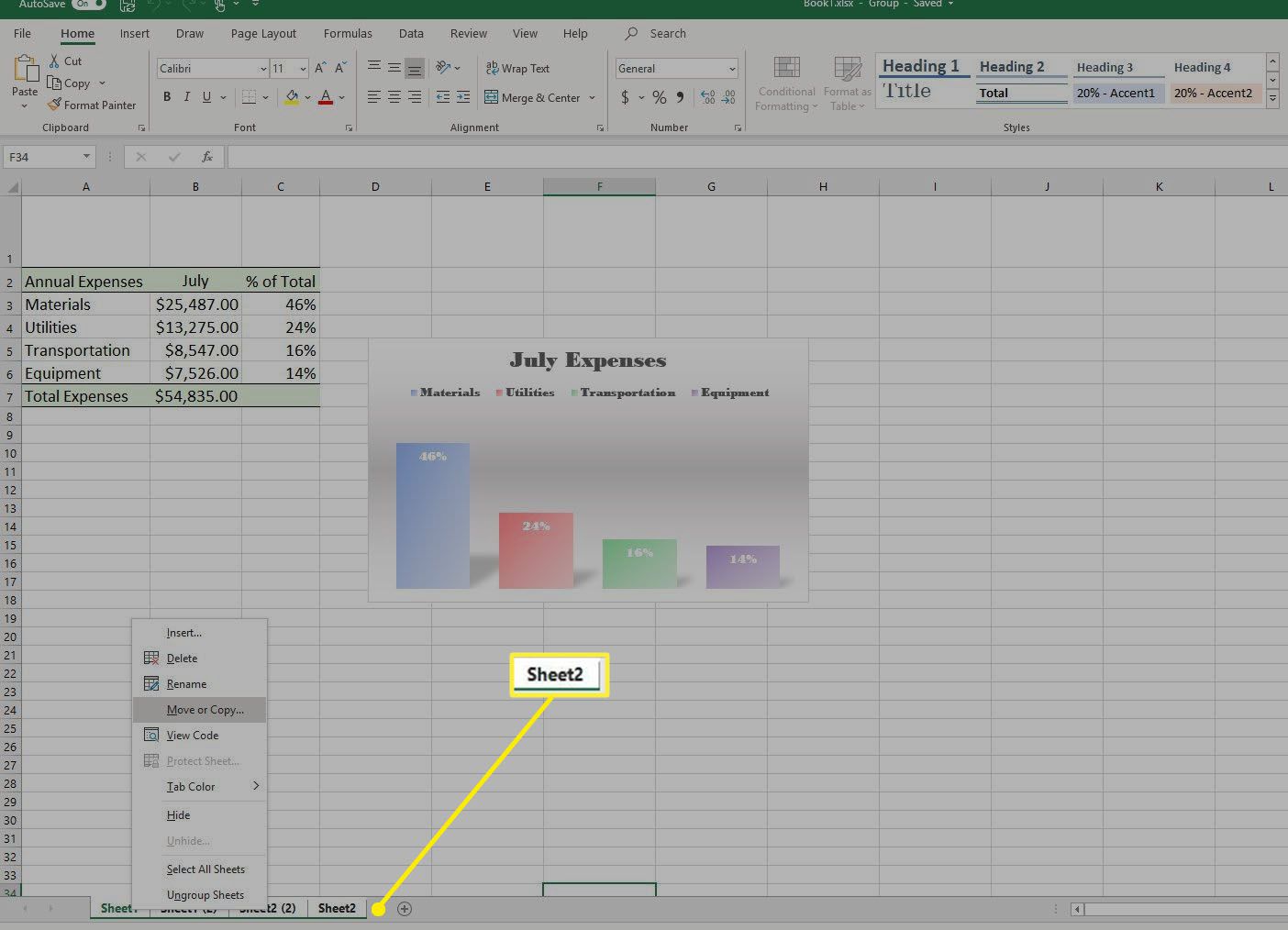Home>Technology and Computers>How To Unhide All Cells In Excel


Technology and Computers
How To Unhide All Cells In Excel
Published: February 24, 2024
Learn how to unhide all cells in Excel with this easy guide. Get your spreadsheet back on track and improve your productivity. Perfect for technology and computer enthusiasts.
(Many of the links in this article redirect to a specific reviewed product. Your purchase of these products through affiliate links helps to generate commission for Noodls.com, at no extra cost. Learn more)
Table of Contents
Introduction
Unhiding cells in Excel is a common task that many users encounter while working with spreadsheets. Whether you're a beginner or an experienced Excel user, understanding how to unhide all cells can be incredibly useful. Hidden cells may contain important data, formulas, or formatting that you need to access and modify. In this article, we will explore three methods to unhide all cells in Excel, providing you with the knowledge and confidence to manage hidden content effectively.
Understanding the various methods to unhide cells in Excel empowers you to navigate through complex spreadsheets with ease. Whether you're dealing with a small dataset or a large-scale project, the ability to reveal hidden cells efficiently can significantly enhance your productivity. By mastering these techniques, you can streamline your workflow and gain a deeper understanding of your Excel documents.
Now, let's delve into the step-by-step processes of unhiding all cells in Excel using different methods. Whether you prefer utilizing the Home tab, the Format option, or VBA code, each approach offers its own set of advantages and can cater to your specific needs. By the end of this article, you will have a comprehensive understanding of how to unhide all cells in Excel, allowing you to work with your spreadsheets more effectively.
Read more: How To Make All Cells The Same Size In Excel
Method 1: Unhiding all cells using the Home tab
Unhiding cells using the Home tab in Excel is a straightforward and user-friendly method that allows you to reveal hidden content with just a few clicks. This approach is ideal for users who prefer a visual and intuitive interface for managing their spreadsheets. Here's a detailed guide on how to unhide all cells using the Home tab:
-
Select the Entire Worksheet: Start by clicking on the small triangle in the upper-left corner of the worksheet. This will select the entire worksheet, ensuring that all cells are included in the unhide action.
-
Navigate to the Format Options: Once the entire worksheet is selected, navigate to the "Home" tab in the Excel ribbon. Look for the "Format" option in the "Cells" group. Click on the "Format" option to reveal a dropdown menu.
-
Access the Visibility Settings: Within the dropdown menu, locate the "Hide & Unhide" sub-menu. Click on this option to reveal additional choices.
-
Unhide Rows or Columns: Depending on the specific content you want to unhide, you can select either "Unhide Rows" or "Unhide Columns" from the sub-menu. Click on the appropriate option based on your requirements.
-
Verify the Unhidden Cells: After selecting "Unhide Rows" or "Unhide Columns," Excel will instantly reveal the previously hidden content. You can verify the success of the action by visually inspecting the worksheet.
The Home tab method provides a convenient and accessible approach to unhiding all cells in Excel. By following these simple steps, you can efficiently manage hidden content within your spreadsheets, ensuring that no critical data or formatting remains concealed from view.
This method is particularly beneficial for users who prefer a visual and menu-driven approach to Excel functions. It offers a seamless way to unhide cells without the need for complex commands or scripting. Whether you're a beginner or an experienced Excel user, the Home tab method provides a user-friendly solution for unhiding all cells in your worksheets.
Method 2: Unhiding all cells using the Format option
Unhiding all cells in Excel using the Format option offers a versatile and efficient approach to reveal hidden content within your spreadsheets. This method provides users with a comprehensive set of tools to manage the visibility of cells, enabling precise control over the unhide process. Here's a detailed guide on how to unhide all cells using the Format option:
-
Select the Entire Worksheet: Begin by selecting the entire worksheet to ensure that all cells are included in the unhide action. You can achieve this by clicking on the small triangle in the upper-left corner of the worksheet, which will highlight the entire sheet.
-
Access the Format Cells Dialog: Once the entire worksheet is selected, navigate to the "Home" tab in the Excel ribbon. Look for the "Format" option within the "Cells" group and click on it to reveal a dropdown menu. From the dropdown menu, select "Format Cells" to open the Format Cells dialog box.
-
Navigate to the Protection Tab: Within the Format Cells dialog box, navigate to the "Protection" tab. Here, you will find the "Hidden" checkbox, which indicates whether the selected cells are hidden.
-
Uncheck the Hidden Option: To unhide all cells, ensure that the "Hidden" checkbox is unchecked. This action will remove the hidden attribute from the selected cells, making them visible once again.
-
Confirm the Unhidden Cells: After unchecking the "Hidden" option, click "OK" to apply the changes and close the Format Cells dialog box. You can then verify the success of the unhide action by visually inspecting the worksheet, ensuring that all previously hidden cells are now visible.
The Format option method provides a robust and customizable approach to unhiding all cells in Excel. By leveraging the Format Cells dialog box, users can precisely control the visibility of cells and manage hidden content with ease. This method is particularly beneficial for users who require granular control over the unhide process, allowing them to manipulate the visibility settings of specific cells based on their unique requirements.
Whether you need to unhide individual cells, entire rows, or columns, the Format option method equips you with the tools to accomplish this task efficiently. By following these steps, you can effectively unhide all cells in Excel using the Format option, enhancing your ability to manage and manipulate spreadsheet content with precision and flexibility.
Method 3: Unhiding all cells using VBA code
Unhiding all cells in Excel using VBA (Visual Basic for Applications) code offers a powerful and efficient method to manage hidden content within your spreadsheets. VBA enables users to automate tasks and manipulate Excel data with precision, making it an ideal choice for unhiding cells programmatically. By leveraging VBA code, you can streamline the unhide process and gain greater control over the visibility settings of cells. Here's a detailed guide on how to unhide all cells using VBA code:
Step 1: Access the VBA Editor
Begin by accessing the VBA Editor in Excel. You can do this by pressing "Alt + F11" on your keyboard or navigating to the "Developer" tab and clicking on "Visual Basic" in the "Code" group. This will open the VBA Editor, providing you with a dedicated environment for writing and executing VBA code.
Read more: How To Select Multiple Cells In Excel
Step 2: Insert a New Module
Within the VBA Editor, insert a new module where you can write the VBA code for unhiding all cells. To do this, click on "Insert" in the menu bar and select "Module." This will create a new module in which you can input your VBA code.
Step 3: Write the Unhide Code
In the newly created module, write the VBA code to unhide all cells in the active worksheet. The following example demonstrates a simple VBA code snippet that achieves this:
vba
Sub UnhideAllCells()
Cells.EntireRow.Hidden = False
Cells.EntireColumn.Hidden = False
End Sub
This VBA code utilizes the "Cells" object to access all cells in the worksheet and sets the "Hidden" property to "False" for both rows and columns, effectively unhiding all content.
Step 4: Execute the VBA Code
Once you have written the VBA code, you can execute it by running the macro. To do this, return to the Excel interface and navigate to the "Developer" tab. Click on "Macros" in the "Code" group, select the "UnhideAllCells" macro, and click "Run." This will execute the VBA code, unhiding all cells in the active worksheet.
By following these steps, you can effectively unhide all cells in Excel using VBA code. This method empowers users to automate the unhide process, saving time and effort when dealing with large datasets or complex spreadsheets. Whether you're a seasoned VBA programmer or new to automation, leveraging VBA code to unhide cells provides a versatile and efficient solution for managing hidden content in Excel.
Conclusion
In conclusion, mastering the art of unhiding cells in Excel is a valuable skill that empowers users to navigate and manipulate spreadsheet content with precision and efficiency. Throughout this article, we have explored three distinct methods for unhiding all cells in Excel, each offering its own set of advantages and catering to diverse user preferences.
The Home tab method provides a user-friendly and visually intuitive approach to unhiding cells, making it ideal for individuals who prefer a menu-driven interface. By leveraging the Format option, users gain granular control over the visibility settings of cells, allowing for precise management of hidden content. Additionally, the utilization of VBA code offers a powerful automation solution, enabling users to streamline the unhide process and efficiently manage large datasets.
By understanding and implementing these methods, users can effectively reveal hidden cells within their spreadsheets, ensuring that critical data, formulas, and formatting are readily accessible for modification and analysis. Whether working with small-scale projects or complex datasets, the ability to unhide cells with ease enhances productivity and fosters a deeper understanding of Excel documents.
Furthermore, the knowledge gained from mastering these unhiding methods contributes to a more seamless and efficient workflow, ultimately saving time and effort when managing spreadsheet content. The versatility of these approaches equips users with the tools to address diverse unhiding requirements, catering to the unique needs of individual projects and datasets.
As users continue to explore the capabilities of Excel, the ability to manage hidden content becomes increasingly valuable. Whether unearthing crucial data points, modifying formulas, or refining formatting elements, the proficiency in unhiding cells empowers users to harness the full potential of their spreadsheets.
In essence, the knowledge and mastery of unhiding cells in Excel not only enhance user proficiency but also contribute to a more comprehensive and insightful approach to working with spreadsheet data. By embracing these methods, users can navigate through complex Excel documents with confidence, ensuring that hidden content is brought to the forefront, ready to be leveraged for informed decision-making and analysis.
